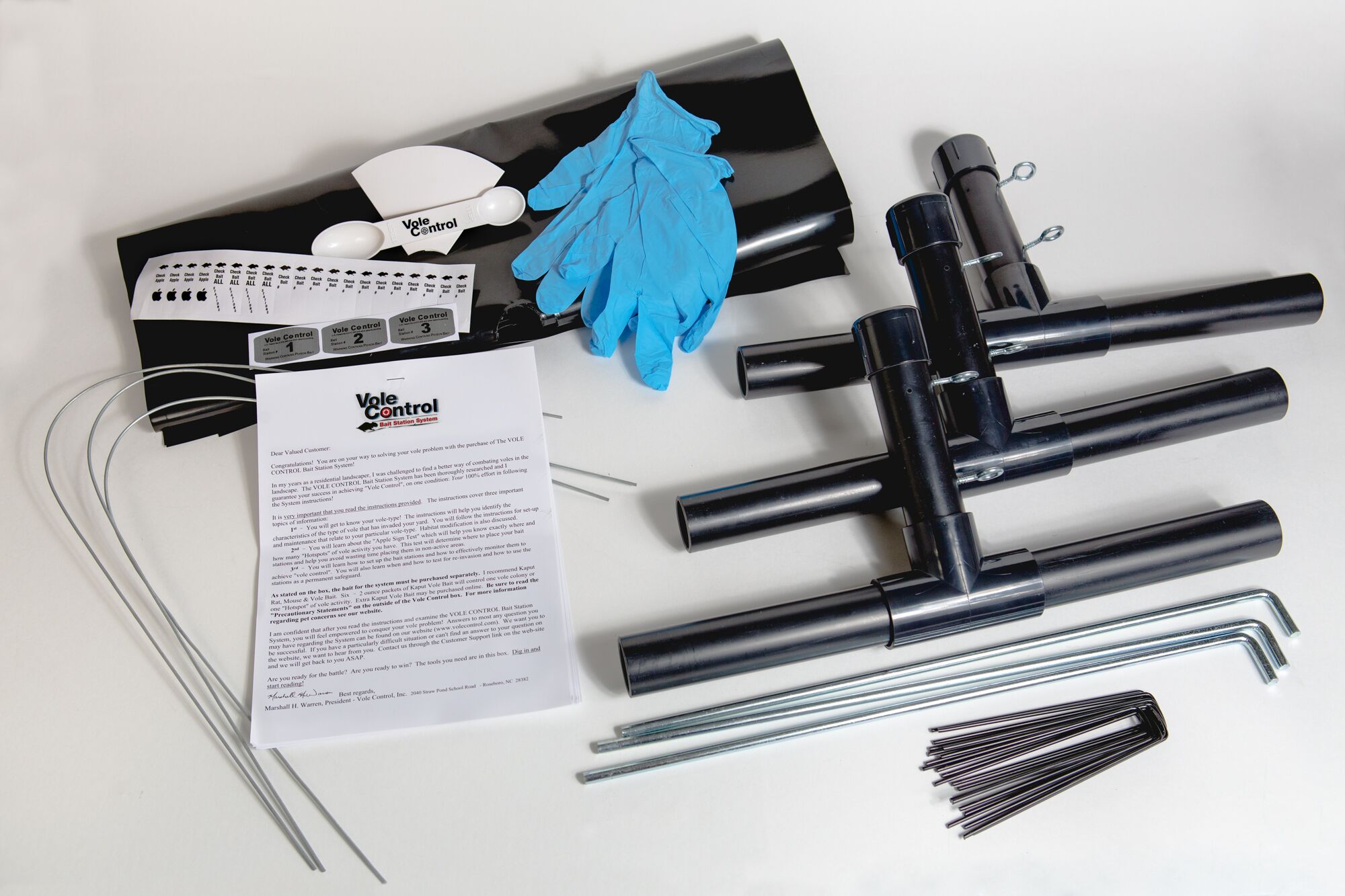Safeguard Your Grass: Efficient Vole Control Techniques
Safeguard Your Grass: Efficient Vole Control Techniques
Blog Article
Comprehensive Overview to Effective Vole Insect Control: Infestation Identification and Treatment Methods
In the world of effective pest control, vole problems pose an one-of-a-kind difficulty that requires a critical approach. By checking out the subtleties of vole behavior, recognizing crucial indicators of infestation, and assessing an array of control options, one can develop an extensive approach to combat these elusive insects.
Comprehending Vole Behavior
Vole habits is identified by their tunneling habits and rapid recreation rates, making them a challenging insect to manage properly. Their quick reproductive rate more complicates control efforts, with females capable of producing several litters in a solitary year, each having a number of spawn.
Recognizing vole behavior is crucial for effective parasite control approaches. By determining their burrow places, keeping track of feeding areas, and implementing targeted control methods, such as trapping or environment alteration, vole invasions can be managed efficiently.
Signs of Vole Invasion

Prevention Techniques
Applying reliable prevention strategies is crucial in reducing vole infestations and safeguarding plants from their devastating feeding routines (vole pest control). To stop vole problems, it is important to begin by eliminating potential food sources and sanctuary. Maintain turf and plants trimmed short, eliminate weeds and debris, and preserve a tidy garden or yard to make the area less attractive to voles. Installing obstacles such as hardware fabric or underground secure fencing can additionally help prevent voles from entering certain locations. In addition, lowering excess moisture by fixing dripping pipes and making sure proper drain can make the environment much less welcoming for voles.
Regularly examining the residential property for indicators of vole activity, such as runways and delve openings, is crucial for early detection and timely activity. If vole activity is thought, consider utilizing repellents or catches purposefully put near their paths. Employing all-natural killers like snakes or owls can additionally assist maintain vole populaces in check. By applying a combination of these prevention homeowners, garden enthusiasts and strategies can effectively shield their vegetation from vole damages.
Non-Lethal Control Approaches
To effectively handle vole populaces while prioritizing humane methods, non-lethal control techniques provide functional remedies for minimizing vole damages in landscapes and gardens. One effective straight from the source approach is making use of physical barriers such as hardware fabric or cable mesh to safeguard vulnerable plants. These obstacles can be hidden a minimum of 12 inches bent and deep at a 90-degree angle to stop voles from delving beneath. Additionally, habitat adjustment can prevent voles by lowering their chosen food sources and concealing places. Maintaining a well-mowed yard, eliminating debris, and maintaining vegetation cut can make the atmosphere much less enticing to voles.

Lethal Control Options
One effective approach for dealing with vole infestations in gardens and landscapes involves the calculated use dangerous control choices. When confronted with a serious vole invasion that non-lethal methods have stopped working to contain, executing dangerous control steps comes to be important. One frequently employed lethal control option is using breeze traps. These traps are designed to rapidly and humanely eliminate voles upon activation, making them a prominent choice for lots of garden enthusiasts and landscapers. To increase the performance read review of snap traps, it is suggested to put them in locations where vole task is high, such as along runways or near burrow entryways. Another dangerous control alternative is the application of poisonous lures particularly created to target voles. These lures contain toxin that is ingested by the voles, leading to their eventual demise. Caution has to be exercised when using harmful baits to avoid injury to non-target animals or family pets. In general, when using deadly control choices, it is necessary to do so responsibly and based on regional guidelines to successfully take care of vole infestations.
Verdict
To conclude, effective vole insect control requires a detailed understanding of vole behavior, recognition of signs of invasion, implementation of avoidance strategies, and use of both deadly and non-lethal control approaches. By incorporating these strategies, individuals can efficiently handle vole populations and secure their building from damage. It is necessary to attend to vole problems promptly to avoid more issues and reduce the influence on the surrounding environment.
Provided the intricate tunnel systems and fast recreation prices characteristic of voles, recognizing the indications of vole problem comes to be important in efficient parasite control. One of the primary indicators of vole existence is the existence of surface area paths or routes in turf or snow, normally about 1-2 inches broad, produced as voles travel in between their More Info burrows and food resources.To properly manage vole populations while prioritizing humane techniques, non-lethal control approaches offer practical options for decreasing vole damage in gardens and landscapes.One reliable method for attending to vole invasions in gardens and landscapes includes the calculated use of lethal control options. vole yard damage.In verdict, reliable vole bug control needs a detailed understanding of vole habits, identification of signs of infestation, execution of prevention methods, and use of both non-lethal and lethal control techniques
Report this page